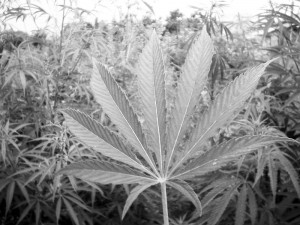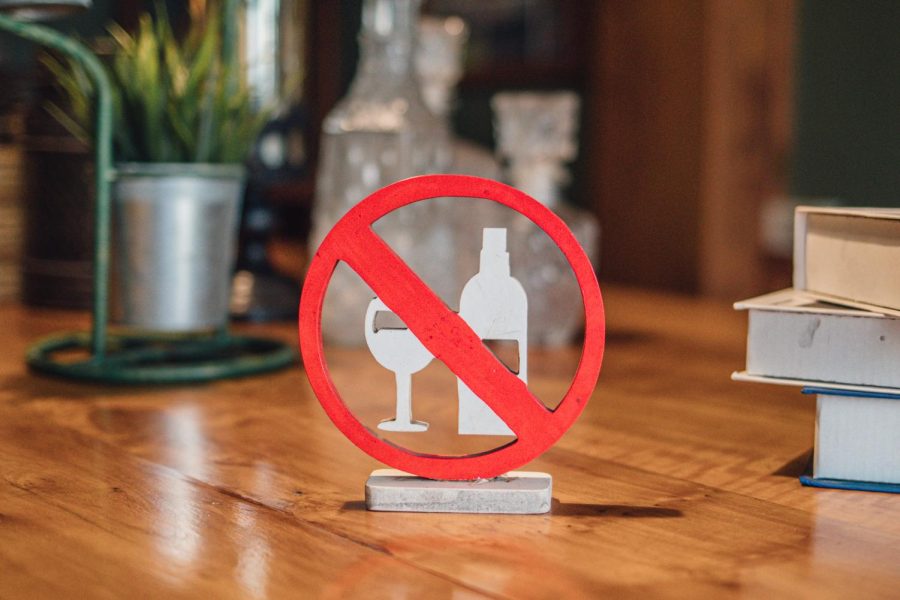This April, hemp advocates rejoiced as Kentucky’s hemp bill became a law after more than 70 years of prohibition. Once the leading hemp growing state, Indiana’s neighbor has one boot in the field as a number of states move forward toward legalizing the crop. Despite their recent victory, the legality of growing the crop is still stirring up heated debates six months later.
Kentucky’s Attorney General Jack Conway warned farmers in an advisory letter last week that growing hemp in Kentucky is still illegal and risks “potential financial and criminal liability.”
Agriculture Commissioner James Comer made a rebuttal to Conway’s statement saying “Hemp is legal in Kentucky, and the federal government has made it clear that it is not going to prosecute farmers for growing hemp.”
So how legal, or illegal, is the crop?
On a federal level, hemp has been illegal in all states since the mid-1930s. There has been no distinction between hemp and its sister crop marijuana since the Controlled Substance Act of 1970. Both of these factors create a blurry line about where hemp stands today in pro-hemp states and how a legal pathway can be paved for farmers who wish to cultivate the crop.
Although both crops are the same species, Cannabis Sativa, hemp has significantly less of the psychoactive ingredient found in marijuana – Tetrahydrocannabinol (THC).
While marijuana typically has anywhere between 3 and 15 percent THC, hemp has only 0.3 percent THC.
“You can easily grow hemp that has almost no THC in it,” Ken Mackie, psychological and brain sciences professor at IU Bloomington, said. “Hemp that’s grown commercially is almost all stock, which has almost no THC in it anyway, because they want to grow it for the fibers and stalk not for the flowers which have a lot of THC in the leaves.”
Hemp advocates are trying to revive a cash crop that was once used for products ranging from paper to clothing. Hemp champions expect the crop to boost the economy and open a number of new agricultural job positions.
A major selling point for hemp advocates is the preservation of trees and natural habitats that are home to a range of plants and animals. Only one acre of industrial hemp is needed to produce the same amount of hemp as four acres of trees, using less energy in the process than tree paper.
The sustainable crop only takes around 120 days to harvest after being planted, while a tree can take a number of years to reach maturity.
However, a 25-page study about the economic probability of industrial hemp, recently conducted at University of Kentucky, stated that production of the crop isn’t likely to create thousands of jobs immediately. Nor will it be a profitable option for all farmers living across the state of Kentucky.
A major concern for legalizing hemp among cops is the near identical look of hemp and marijuana, which could lead to marijuana growers hiding their crops within hemp fields.
Experts have shot this ideology down, stating that industrial hemp is harvested at a different time than marijuana and grown differently. The two plants being in close proximity would also risk cross-pollination happening between the plants, which would notably lower the marijuana’s potency.
“The female plant is the one that has the highest quantity of THC because of the flowers, and you can grow cannabis colonially so you can have a hemp field that is just male cannabis plants and the amount of THC in them is pretty low,” Mackie said.
Mackie’s research focuses on neuroceptors in the brain and how they react to THC.
“For people who grow cannabis to use as a drug, the type of cannabis they grow are low, bushy, female plants because they have a lot of flowers and leaves,” Mackie said. “It’s 180 degrees separate from what you are growing when you grow hemp, which are these long, long stalks – so I think the whole argument that growing hemp will lead to people abuse cannabis is not a very informed opinion.”
Another leading fear about hemp reappearing on the market is an increase of drug use and drug related crime.
“You have to suspect that the push for its cultivation is driven more by those looking for the legalization of the use of marijuana and other illegal drugs than by those looking for fiber or healthy fats,” Douglas Darnowski, professor of biology, said. “There are plenty of other fibers which are more useful for many purposes than hemp is, and there are more nutritious seeds, like chia.”
Darnowski teaches plant physiology, horticulture plants, and plant growth and development courses. Darnowski drew a comparison between the history of cultivating chia in Mexico and hemp.
Darnowski said chia seed was once a critical staple food in Mexico, which the Aztecs demanded from conquered peoples to use most commonly for food. Chia was sometimes used in “demonic sacrifices” that resulted in 80,000 deaths “over 4 days at the dedication of the main temple in the Aztec capital,” He said.
“Part of this revolting ceremony involved, at least some of the time, soaking an effigy of the victim, made from chia – which is sticky when wet and makes a kind of modeling clay – in his own blood and then offering it to those at the sacrifice,” Darnowski said. “For obvious reasons, the cultivation of chia was suppressed or discouraged for some time until the association between the crop and its obscene use was broken,” he said.
Darnowski said despite all the benefits to hemp cultivation, there is still one major prohibitory stopping the cultivation.
“There is a connection to the suppression of the cultivation of hemp, and given the amount of drug use plaguing the country and this area in particular, it may, unfortunately still be a good idea.” He said.






